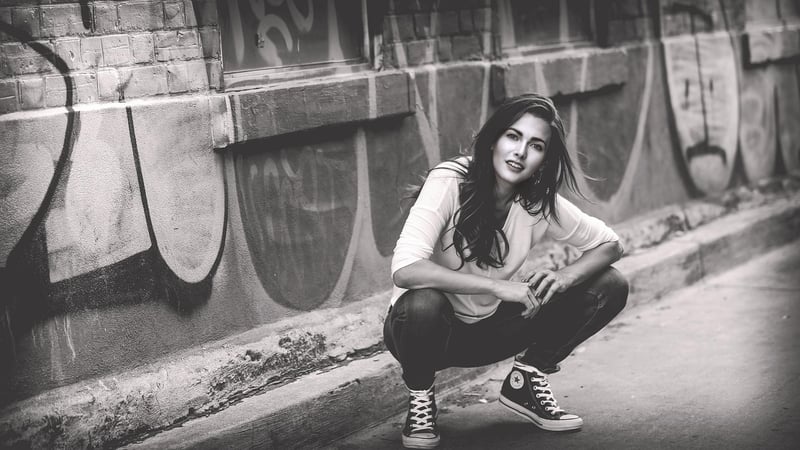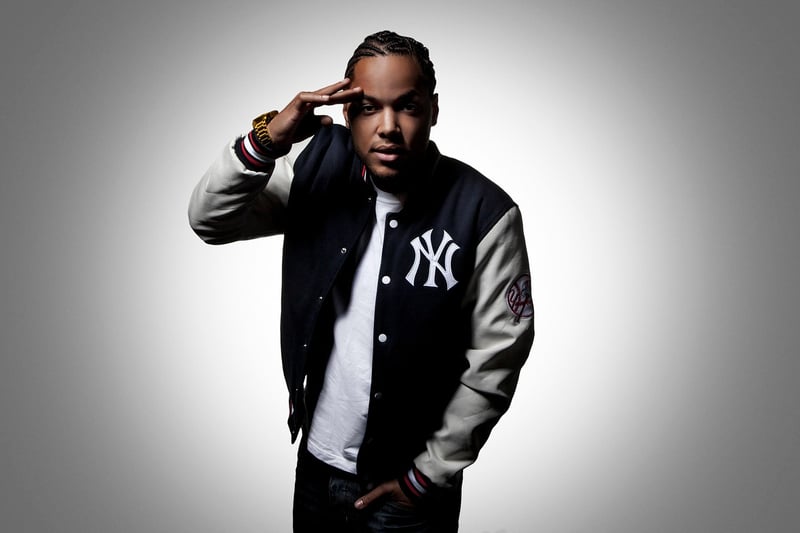Hip Hop
The Power of Expressive Movement in Hip Hop
Hip hop dance is more than just a series of movements; it's a form of self-expression, storytelling, and cultural representation. Within the hip hop community, expressive movement plays a vital role in conveying emotions, experiences, and messages through dance.
History of Hip Hop Dance
Hip hop dance originated in the 1970s in the Bronx, New York, as a way for marginalized communities to express themselves through movement. It encompasses a wide range of styles, from breaking and locking to popping and krumping, each with its unique flair and rhythm.
The Role of Expressive Movement
Expressive movement in hip hop allows dancers to communicate their stories, struggles, triumphs, and aspirations through choreography. Every step, gesture, and body movement is a form of language that speaks volumes without uttering a single word.
Elements of Expressive Movement in Hip Hop
- Body Isolation: Hip hop dancers are masters of isolating different parts of their bodies to create dynamic and visually striking movements.
- Facial Expressions: Emotions are conveyed not only through body movements but also through facial expressions that add depth and authenticity to the performance.
- Freestyle: Improvisation is a key component of hip hop dance, allowing dancers to express themselves spontaneously and authentically.
Impact of Expressive Movement
Expressive movement in hip hop has a profound impact on both dancers and audiences. It serves as a form of empowerment, self-discovery, and cultural celebration, breaking barriers and fostering connections across diverse communities.
Conclusion
In conclusion, expressive movement is at the heart of hip hop dance, shaping narratives, sparking creativity, and uniting people through the universal language of movement. It transcends physical boundaries and resonates with individuals on a profound emotional level, making hip hop dance a powerful medium for self-expression and connection.

Explore the dynamic world of hip hop dance and experience the transformative power of expressive movement firsthand!
